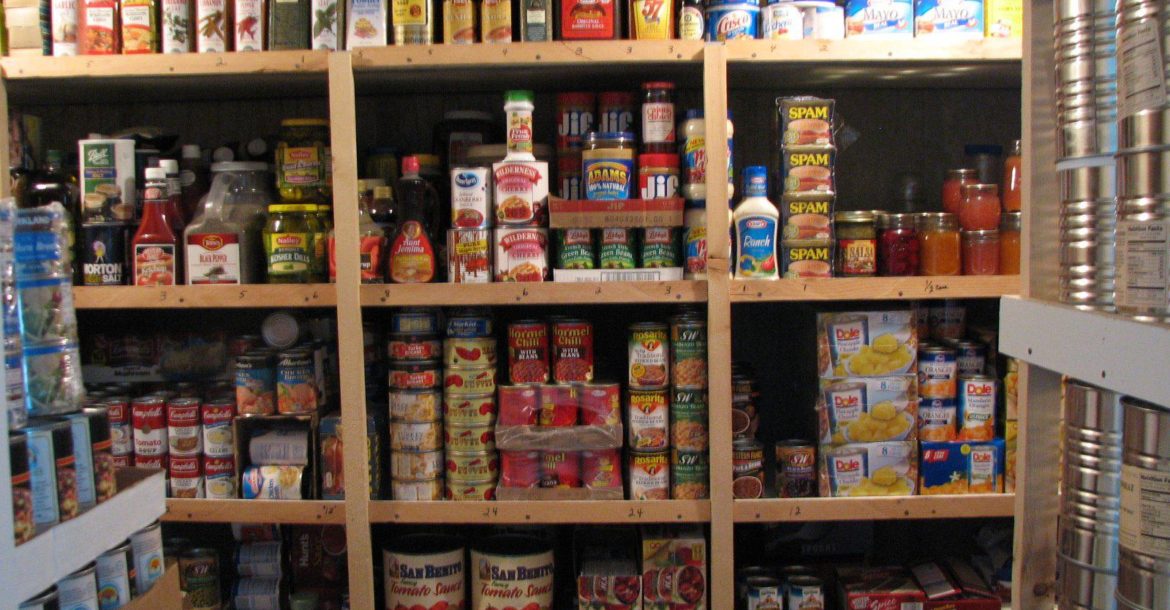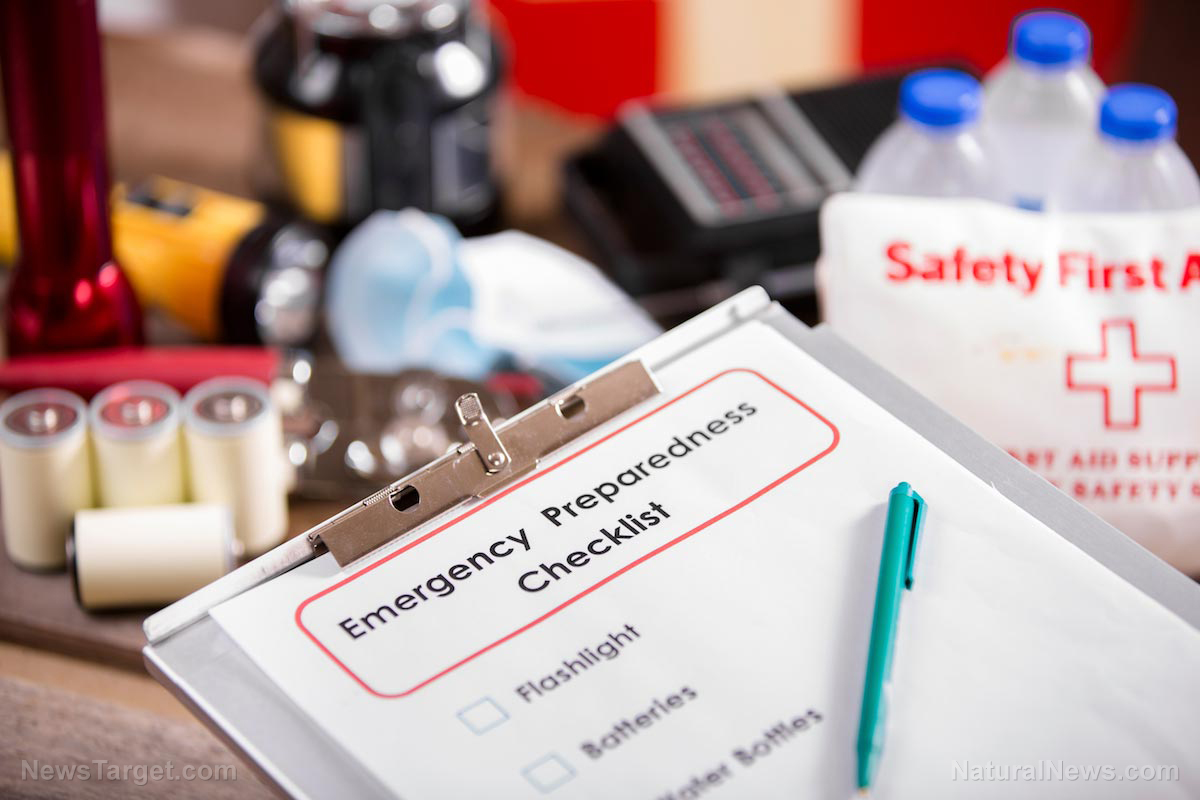Food Security: The best crops to grow in an edible garden
Human knowledge is under attack! Governments and powerful corporations are using censorship to wipe out humanity's knowledge base about nutrition, herbs, self-reliance, natural immunity, food production, preparedness and much more. We are preserving human knowledge using AI technology while building the infrastructure of human freedom. Speak freely without censorship at the new decentralized, blockchain-power Brighteon.io. Explore our free, downloadable generative AI tools at Brighteon.AI. Support our efforts to build the infrastructure of human freedom by shopping at HealthRangerStore.com, featuring lab-tested, certified organic, non-GMO foods and nutritional solutions.
03/28/2024 / By Olivia Cook

A practical, self-sufficient survival garden is one of the best friends you can have if and when the next crisis hits hard – where you can still make the “fresh is best” lifestyle a reality even in the event of a collapse.
Container gardens, grow bag gardens, hydroponic kits, pots on a windowsill and window boxes, vertical gardens and many other innovative and sustainable growing techniques are already being used by city dwellers who simply want to grow their food and get the healthiest, highest-quality crops possible because they know exactly how it was grown. They save plenty of money as well. (Related: Survival tips: How to keep food on the table during a GLOBAL FAMINE.)
Here are different types of crops you can consider for your edible garden for self-sufficiency. These plants can be conveniently grown in small areas, side-by-side or among other crops to save space. Some of these don’t require much sunlight to grow and some can be harvested, pickled or preserved or simply dumped into a root cellar or dark closet without processing and left there until you need them. (Related: Prepper pharmacy: 17 Medicinal plants you can grow indoors year-round.)
Potatoes
The potato provides fiber, 45 percent of your daily vitamin C, vitamin B6 and potassium.
You can grow potatoes in growing boxes, pots and containers that are at least 14 inches deep and ideally with a 10-15 gallon capacity that you can place on your balcony or patio. Avoid planting potatoes in containers that are taller than three feet because it will be difficult to water them evenly.
A good storage space that is cool and dry is all you need when you harvest your potatoes – first early potatoes (60-105 days), second early potatoes (95-120 days) and main crop potatoes (125-140 days). Aside from the time they take to mature, main crop potatoes can be stored much longer. No canning, dehydrating or freezing is necessary – only a good storage space.
If you don’t have good storage, learn how to pressure can potatoes for long-term food storage – and it’s not as scary or as intimidating as you think.
Lettuce and other salad greens
Many gardeners will tell you that lettuce is one of the easiest vegetables to grow if you’re starting a balcony or patio garden – taking up little space and you can even grow it among flowers.
Commonly served as the base of green salads (either alone or with other greens, vegetables, meats and cheeses), soups and vegetable curries, lettuce is an excellent source of vitamins A, B9 (folate), C, and K and minerals, such as calcium, magnesium, phosphorous and potassium.
The best lettuce varieties can easily be grown in containers. Lettuce varieties, whose leaves are darker in color, contain more vitamins and minerals than the paler color varieties.
Beans and peas
Legumes like beans and peas are protein foods and two of the easiest starter vegetables to plant and grow with your kids – weather-hardy and fun to pick as their yields are usually pretty substantial.
Garden peas, snap peas and snow peas grow well in containers and can be easily trained to grow vertically once they are a few inches tall and climb trellises in a small balcony garden. Pole beans will also climb up trellises or fences to take advantage of vertical space On the other hand. bush beans tend to be smaller and don’t need trellising.
Watch the following video about “reconnecting with nature through edible gardening and ways to optimize your garden” with Matt Landman.
This video is from the Matt Landman channel on Brighteon.com.
More related stories:
15 Perennial herbs to grow in your survival garden.
Home gardening 101: Make the most out of your yard by planning an edible landscape.
Survival gardening: Why you should grow these 7 edible perennials.
Sources include:
Submit a correction >>
Tagged Under:
agriculture, beans, crops, emergency food, food freedom, food independence, food security, food supply, green living, home gardening, homesteading, leafy greens, lettuce, off grid, peas, potatoes, preparedness, prepper, prepping, salads, survival food
This article may contain statements that reflect the opinion of the author
Get independent news alerts on natural cures, food lab tests, cannabis medicine, science, robotics, drones, privacy and more from NewsTarget.com
Get independent news alerts on natural cures, food lab tests, cannabis medicine, science, robotics, drones, privacy and more from NewsTarget.com
RECENT NEWS & ARTICLES
COPYRIGHT © 2017 · SURVIVAL NEWS





















